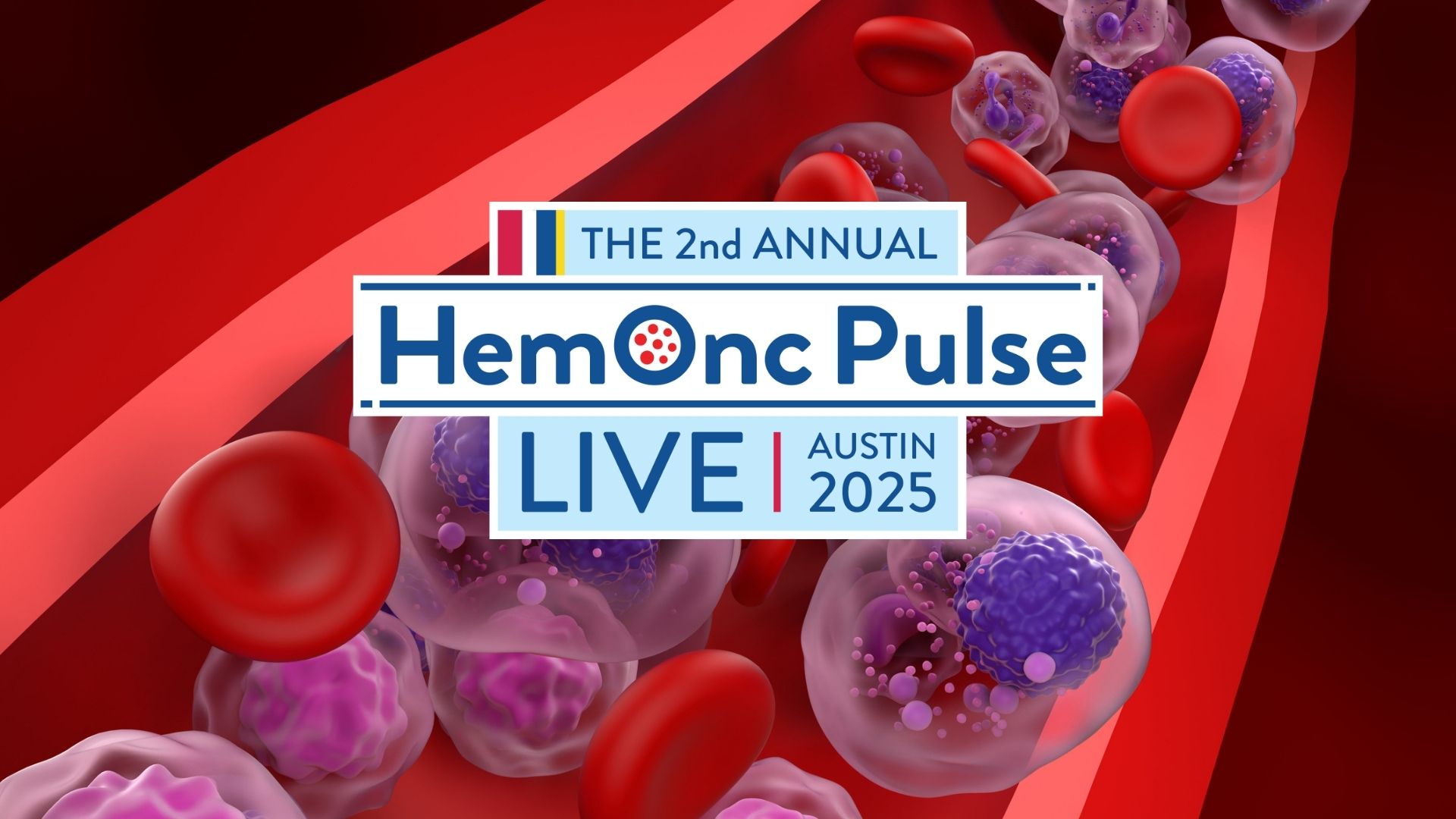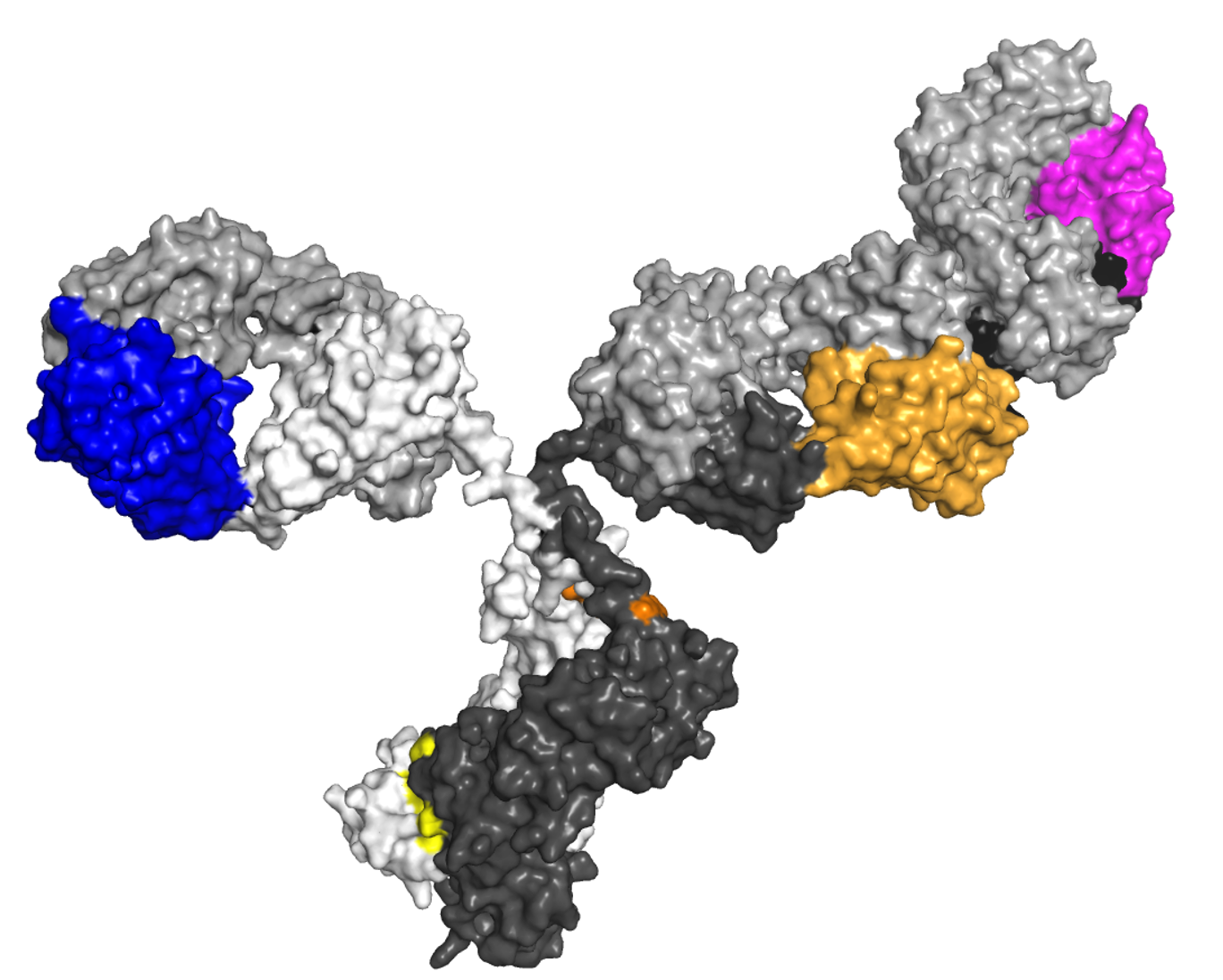Immunotherapy Agents in Development for Multiple Myeloma
By Nina Shah, MD - Last Updated: November 14, 2022Nina Shah, MD, an associate professor in the Department of Medicine at the University of California, San Francisco, discusses immunotherapy agents in the pipeline for multiple myeloma (MM) and how the potential approval of these agents could change the treatment landscape and advance combination therapy.
What are some immunotherapy treatments specifically in the pipeline for multiple myeloma that you’re interested in keeping your eye on?
Dr. Shah: I think one of the most interesting developments for multiple myeloma immunotherapy this coming year will be the bispecific T-cell engagers. Some of that data has already been presented last year at ASH from the Celgene compound. And now this year at ASCO from Janssen. What’s interesting about these bispecific T-cell engagers is that they’re an off-the-shelf drug, and although they do require a hospitalization for maybe the first or second dose and they do cause cytokine release syndrome, or CRS, they are eventually outpatient-friendly, and they’re not continuous infusions. So, the Celgene product allows for every week, then every two weeks, and then eventually around cycle seven or so every week to be infused. That allows it to be an outpatient-friendly regimen. And teclistamab, which is the Janssen BCMA bispecific, is weekly also. This is very outpatient-friendly, considering that these patients are on therapy for so long.
I’m looking forward to the data, because, right now, the highest doses in the phase I, are showing a response rates in the highest doses for the Celgene product around 89% and then with teclistamab around 67%. So, what I want to see is the duration of response and also what happens long-term, toxicities, etc. So, really looking forward to that because I think that will bring very effective immunotherapy not just to a specialized center but may be available to patients in various community practices.
How do you see these novel treatments changing the treatment paradigm and potentially evolving the use of combination therapy?
Dr. Shah: The great thing about myeloma therapies is that as soon as you get activity of one, you’re always ready with the next trial to combine with something else. And I think that is probably very true with immunotherapy. We know that there are other drugs we use that may stimulate the immune system, for example, immunomodulatory agents, of which there are variety that are already FDA-approved, but also one’s that are coming down the pipeline. And those might be drugs that we would want to combine with these bispecific T-cell engagers, for example, or maybe after CAR-T as maintenance in order to promote the sort of immunostimulatory environment to keep killing the myeloma. I think other things that would be interesting, although we haven’t really gone that way, is maybe looking at pembrolizumab or nivolumab and any of the T-cell-stimulating therapies that we have or checkpoint inhibitors, because although those haven’t gained much ground lately in myeloma, we know that myeloma is a disease of immunodeficiency and immune dysfunction.






 © 2025 Mashup Media, LLC, a Formedics Property. All Rights Reserved.
© 2025 Mashup Media, LLC, a Formedics Property. All Rights Reserved.